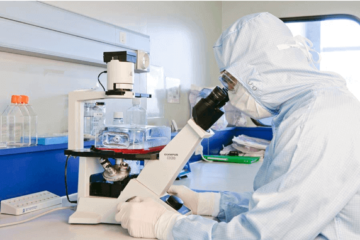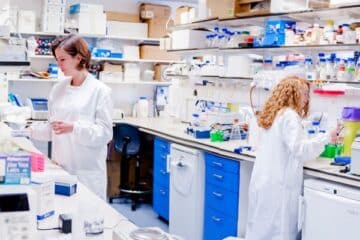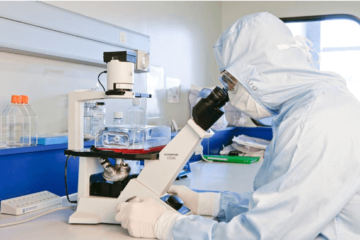Stem cells in the treatment of toxic cholestasis
Toxic cholestasis, a severe liver disease, can be treated with stem cells. Stem cells have the potential to differentiate into hepatocytes, the main functional cells of the liver, and contribute to liver regeneration and repair. Preclinical studies have shown promising results, suggesting that stem cell therapy may offer a novel therapeutic approach for toxic cholestasis.













